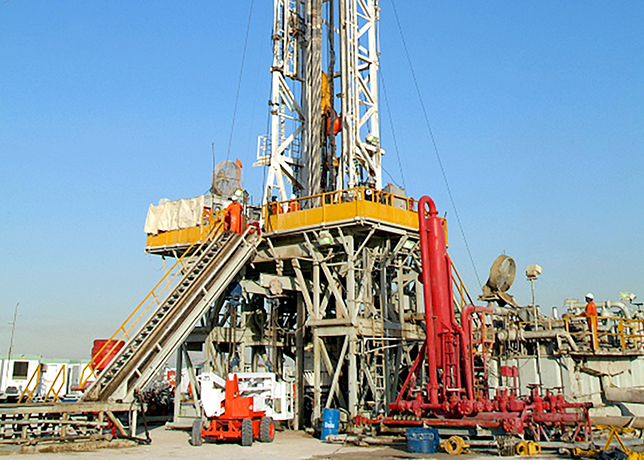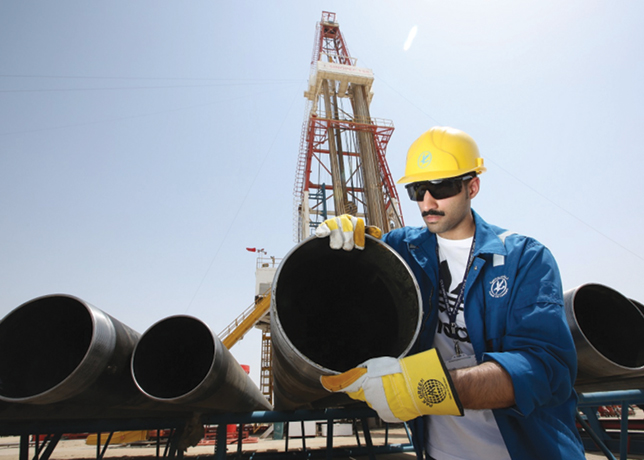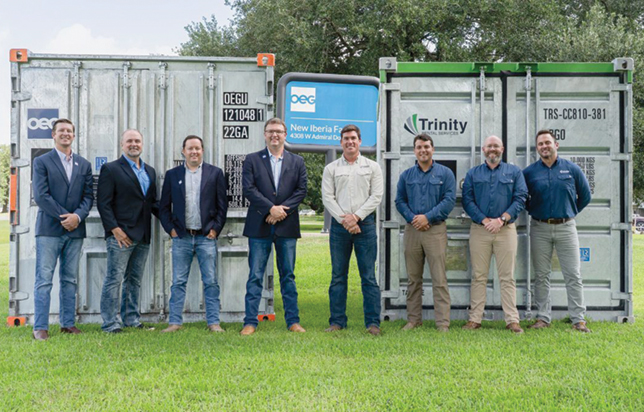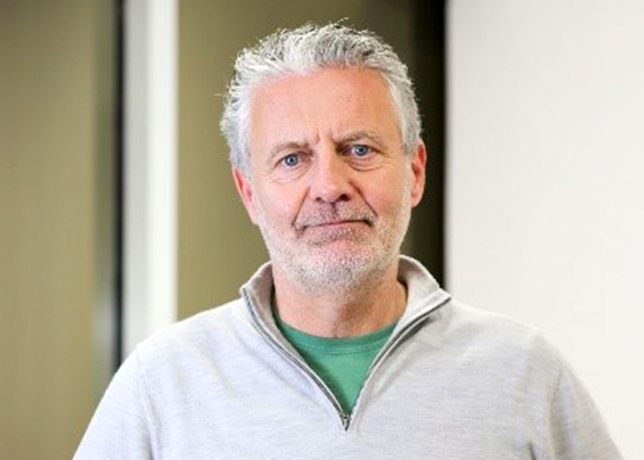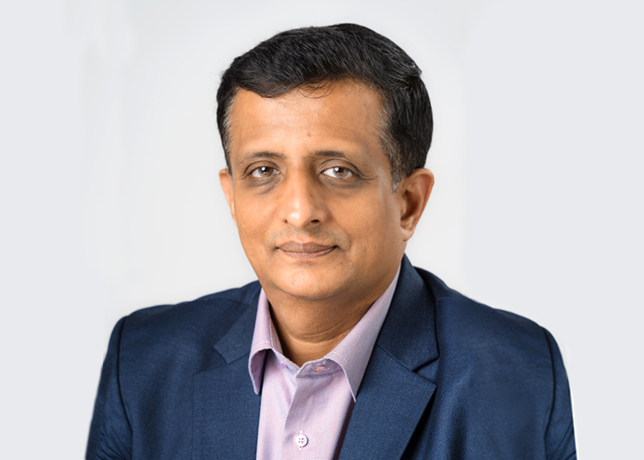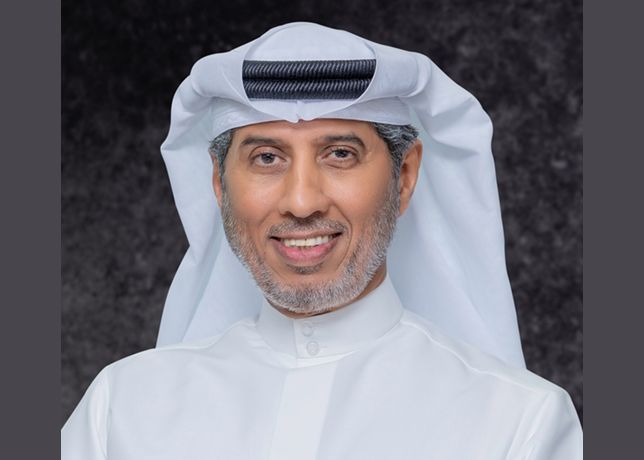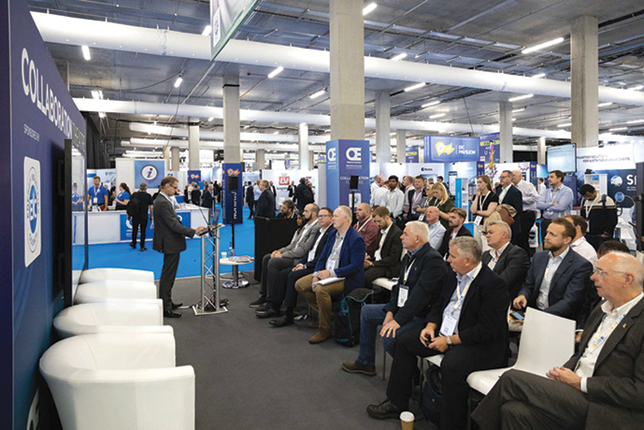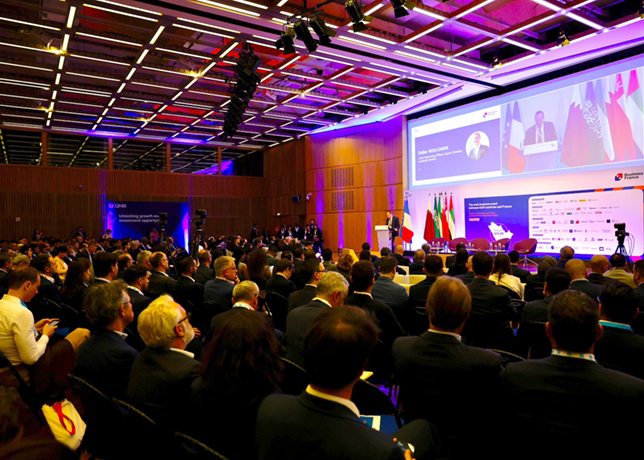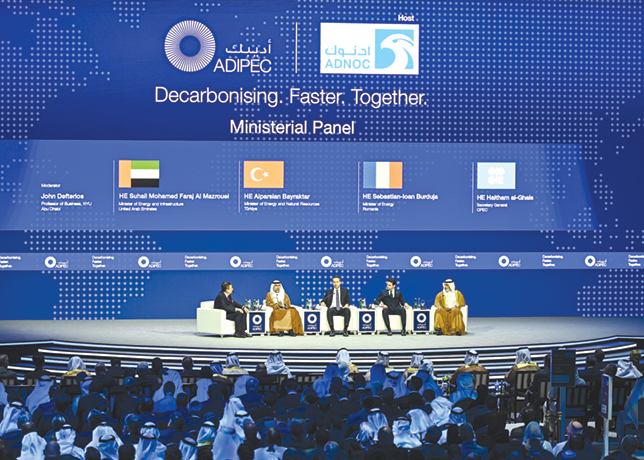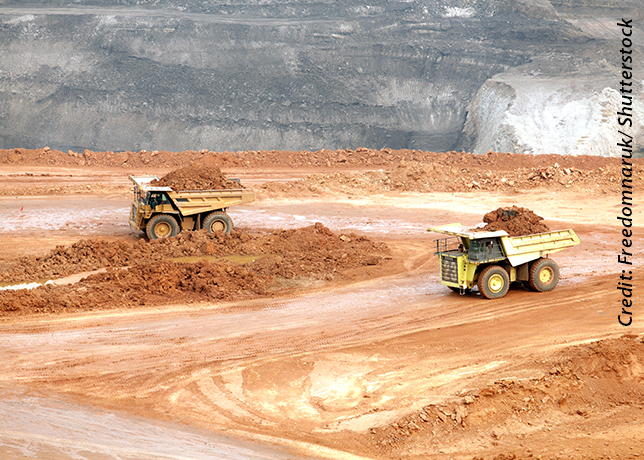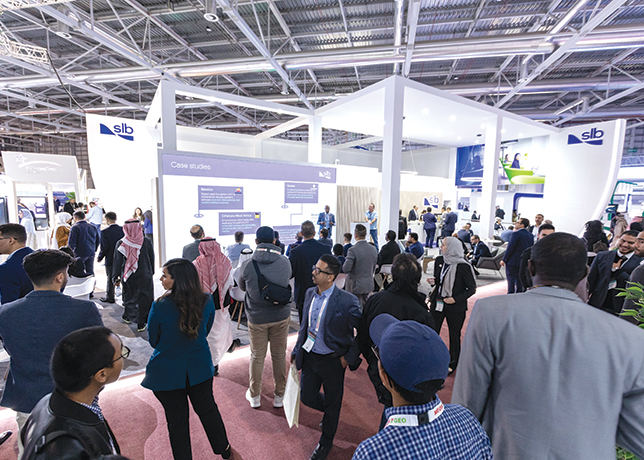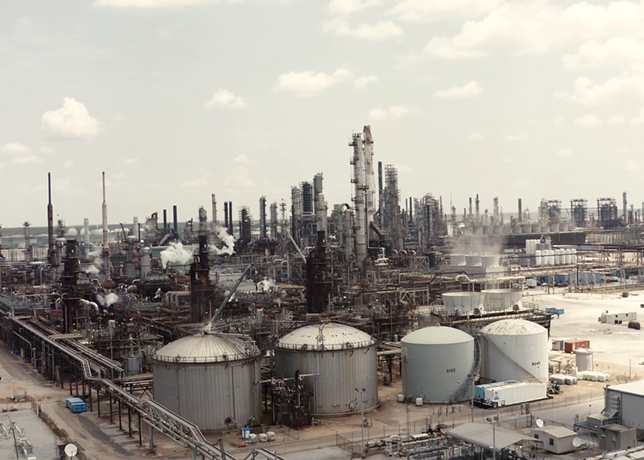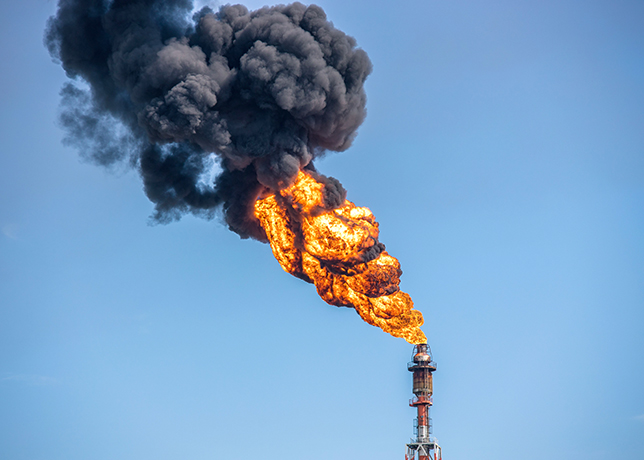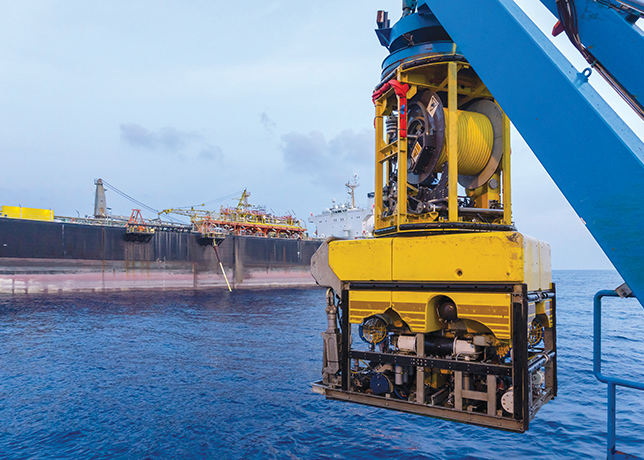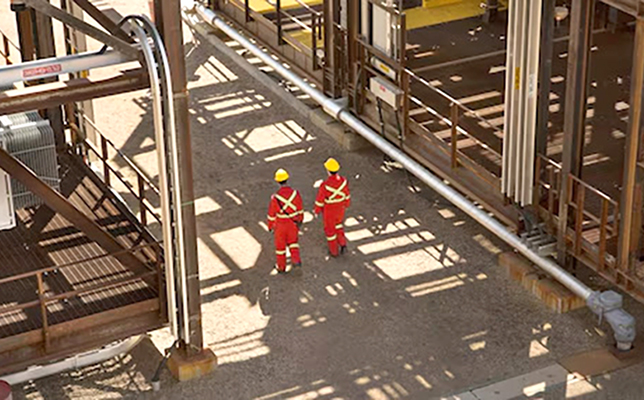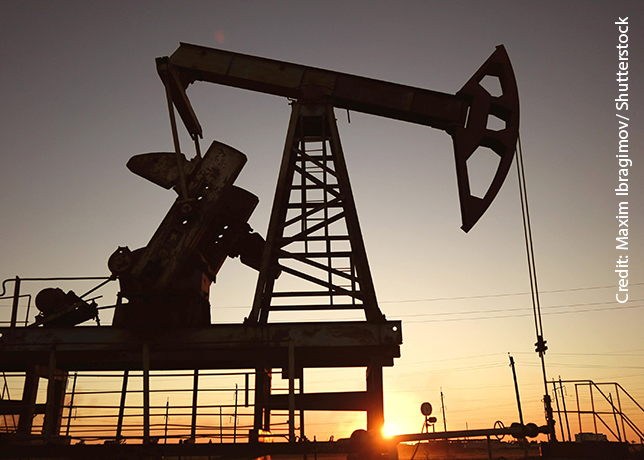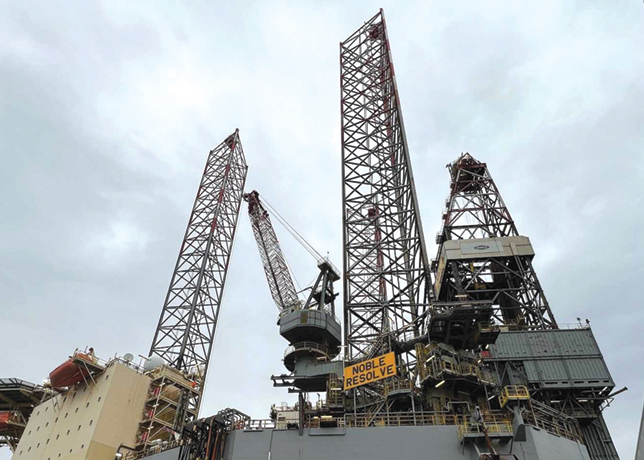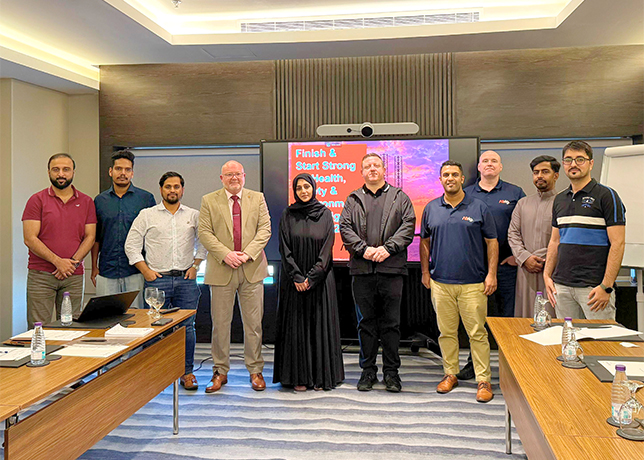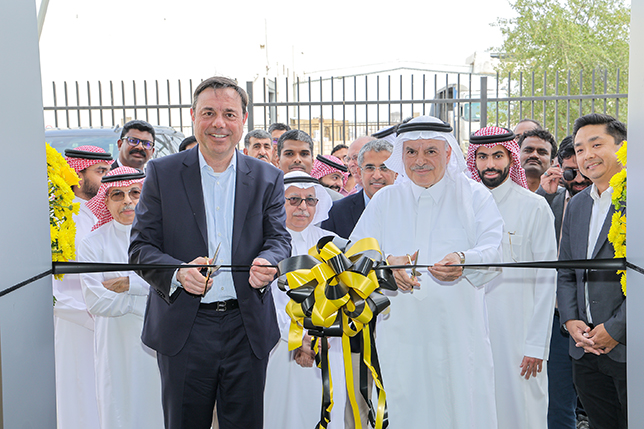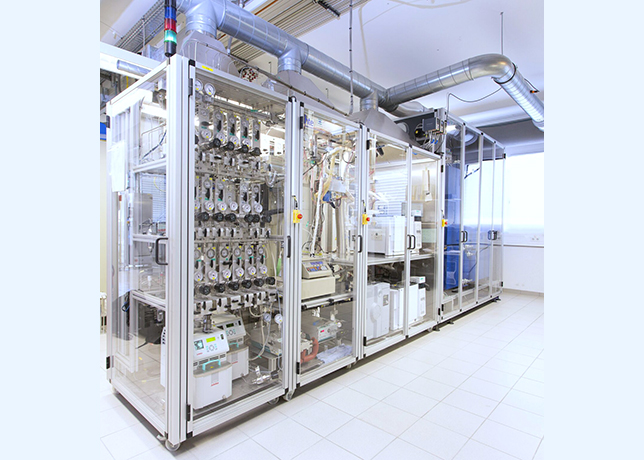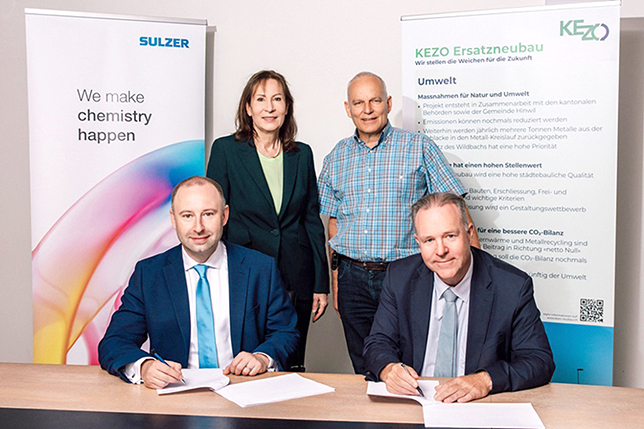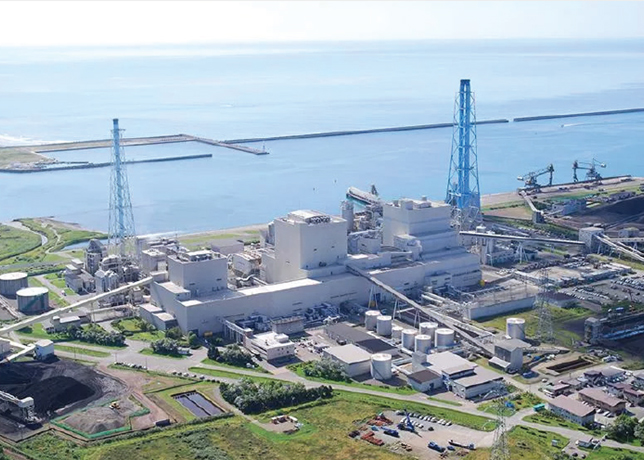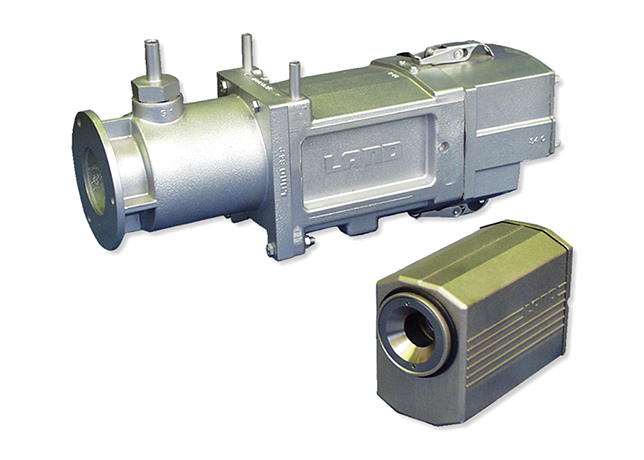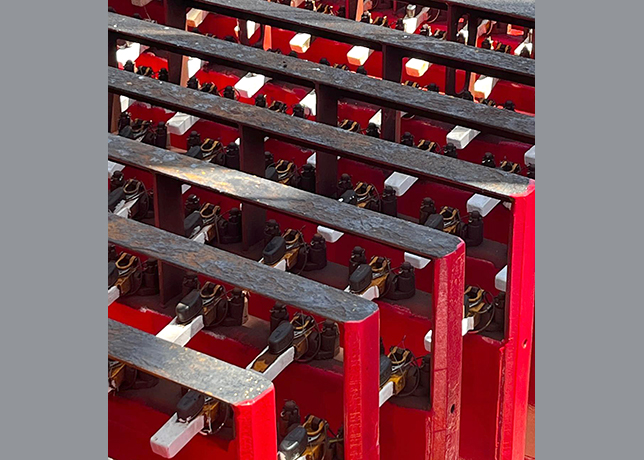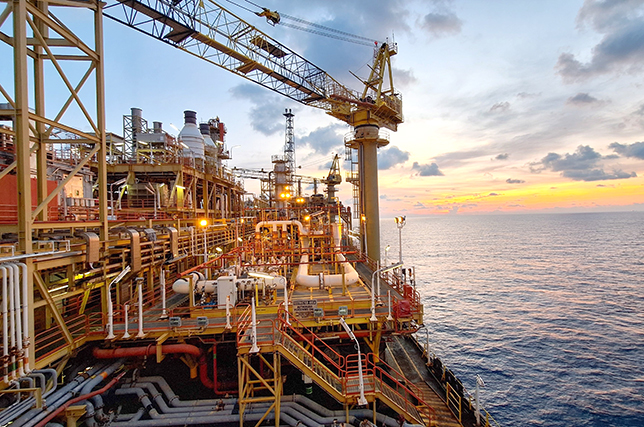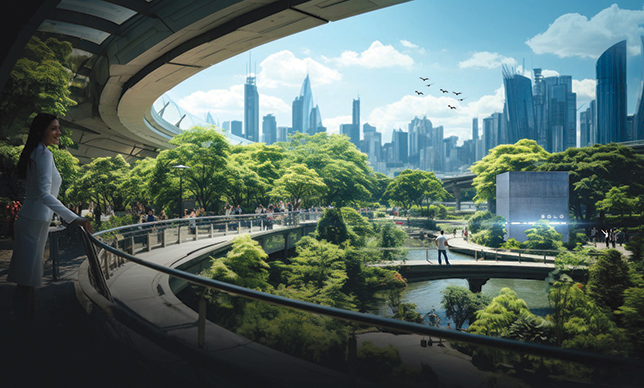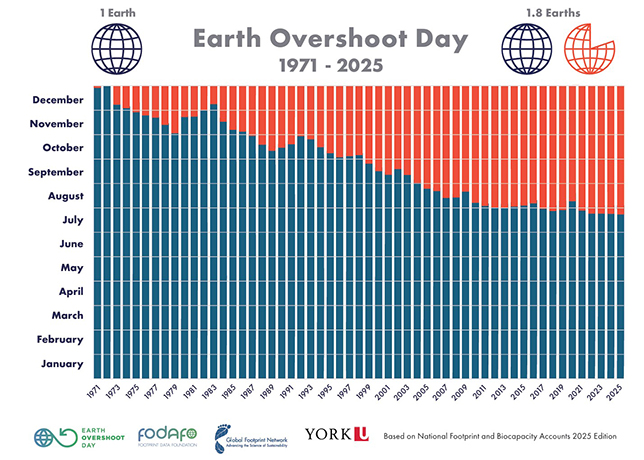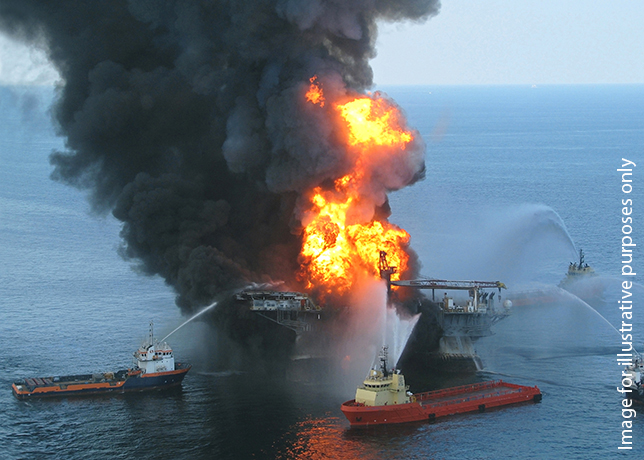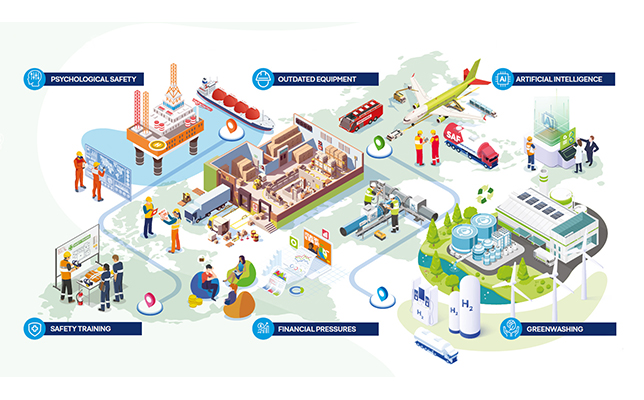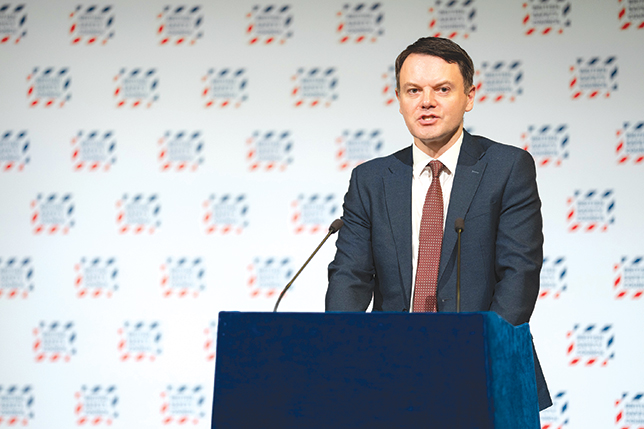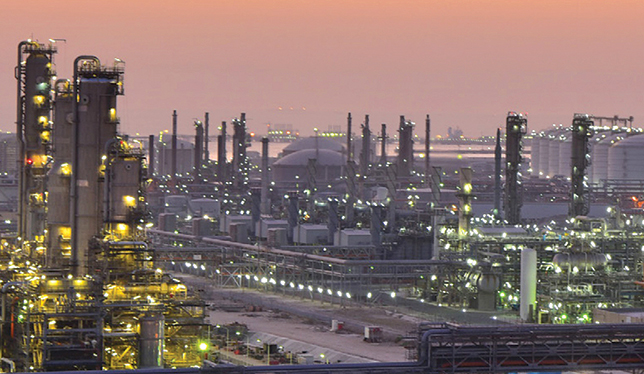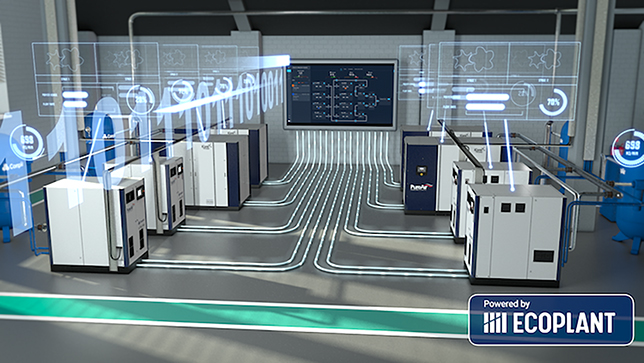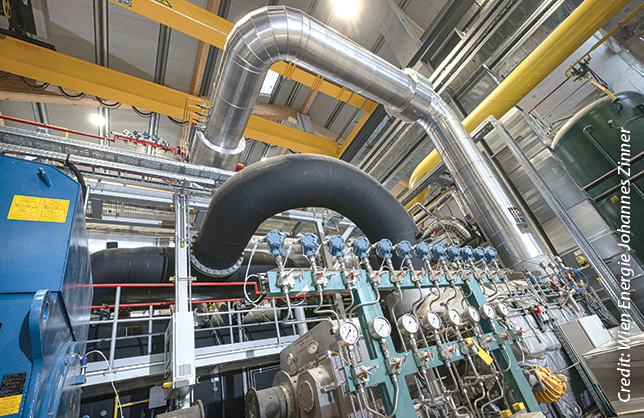
• Came on-stream three months ahead of schedule and within budget -- the latest in a string of similarly successful mega-projects.
• First Saudi Aramco facility to produce Arabian Light crude oil by blending Arabian Extra Light, Light and Medium grades.
• Contains the company's largest co-generation plant, providing sufficient electrical power (140 megawatts) and steam for qatif Plants.
• Qatif field, discovered in 1945 north of Dhahran, includes seven ail-bearing reservoirs, three of which are in production.
• A total of 151 wells were drilled on 34 wellsites, and each is equipped for remote monitoring.
The latest optimisation drilling methods were used, including extended-reach and multilateral wells, viscaelastic diverting acid, a permanent downhole monitoring system and smokeless flaring.
• The largest crude increment in the world built in recent times.
• A key component of Saudi Aramco's commitment to ensuring that its maximum sustainable crude oil production capacity is adequate for the Kingdom's objectives and to those of the world at large.
• Designed to produce 500,000 bpd of blended Arabian Light crude from the Qatif field and 300,000 bpd of Arabian Medium from the Abu Sa'fah field, plus 370 million standard cubic feet per day (scfd) of associated gas and 40,000 bpd of high-value condensate.
• All crude is de-salted, stabilized and processed, then shipped to ju'aymah and Ras Tanura terminals far export.
The gas is processed at Berri Gas Plant.
• All structural steel used in the plants, and all the vessels, were made in-Kingdom. Overall, 30 percent of the construction materials were bought domestically.
The Central Producing Facilities include Qatif GOSP-1 and Abu Sa`fah GOSP, for gas gathering, stabilization and dehydration, and facilities to inject 650,000 barrels of water per day to support and maintain reservoir pressure.
Overall project includes three new GOSPs, five new and 10 upgraded offshore platforms, expansion of Berri Gas Plant, 34 drilling islands, more than 1,000 kilometers of pipelines and in-plant piping, 3,000 km of fiber-optic cable, an electrical substation and transmission
lines, 30,000 tons of structural steel, 4,500 km of electrical and instrumentation cable, 160,000 cubic meters of concrete, and other support facilities.
Required 1.8 million design work-hours and 30 million construction work-hours. At the peak of construction, in July 2003, more than
1&,000 workers representing 20 nationalities were engaged in the program.
The Saudi Aramco team that supervised development and construction was nearly 100 percent Saudi.
The plants are currently operated by a workforce that is 100 percent Saudi. Saudisation was 32 percent within Snampragetti, the largest contractor.


